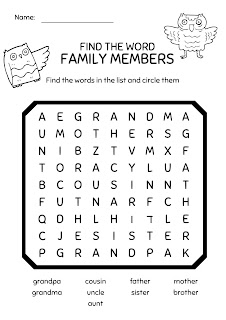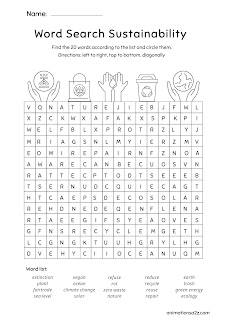Every year on January 29, the puzzle day is meant to remind us that using our brain to solve puzzles is among its many benefits.
Whether it's a puzzle, crossword puzzle, trivia, bulk, puzzle or sudoku, thinking games force our minds to work. Studies have found that when we work on a puzzle, we use both sides of the brain. Spending time every day working on puzzles improves our memory, cognitive function and problem-solving skills.
The puzzles also help us improve our social skills. When we work on these cerebral stimuli with someone, we enhance our social interactions. Whether we join a group or play with our children, these interactions make us socially active and teach our children social skills as well.
Working quietly on the puzzle also provides the mind with an opportunity to focus the mind in a meditative way that is not forced.
Bottom line, the puzzles stimulate the brain, keep it active and practice its skills which is why they are so important and they deserve a day of their own.
The history of the puzzle
The first puzzle was created around 1760 by the engraver and map maker John Spilsbury. John attached to the tree the world map he had drawn and cut it into pieces, with each part being a country in the world. John's puzzle was used by British students in geography studies.
 |
| John Spilsbury's puzzle |
Until the 20th century, puzzles that were made of wood were used for educational purposes.
At the beginning of the 20th century, puzzles also began to be made from cardboard. The puzzles are made by stamping (a process in which a metal board to which sharp metal strips are attached in a suitable pattern is pressed into the cardboard by force from above and by this pressure the cut is created).
In the early 20th century, the Parker Brothers, famous game makers, began producing puzzles as an entertaining mind game. The puzzles were so successful that in 1909 they stopped producing other games and their factory started producing only puzzles.
After World War II, wooden puzzles began to disappear because of the high cost and high length of time required to manufacture them.
During this period, the improvement in lithography and the method of cutting made cardboard puzzles more common.
Today puzzles are mainly used as a mind game and are produced with more and more pieces. The largest jigsaw puzzle in the world contains 42,000 pieces.
 |
| The biggest puzzle in the world - link |
How to celebrate Puzzle Day?
If you do not have a puzzle, it is today to get one and start solving. You can buy in the store and you can also go to online gaming sites and solve online.
How to solve a puzzle?
First prepare the work surface on which you will place the puzzle. It should be a large enough surface that the whole puzzle picture can be placed on.
Gather the frame parts and separate them from the rest of the parts. The parts of the frame can be identified by having one side completely straight.
Sort the pieces of the puzzle by colors and textures. Once sorted, it will be easier for you to assemble each piece in the puzzle.
Use the puzzle picture to assemble the pieces of the puzzle frame.
Focus on assembling one set of parts at a time. If you get stuck, move on to another area. This is not terrible because the goal is to get rid of as many parts as possible to facilitate the assembly craft later on.
If there are parts that are difficult to assemble, do not try by force. The quality manufacturers create the puzzles when the appropriate pieces fit together easily.
If you have lost a piece of a puzzle, contact the company that makes it and ask for the missing part. Most companies tend to respond to these requests in the affirmative and mail the missing parts.






















































